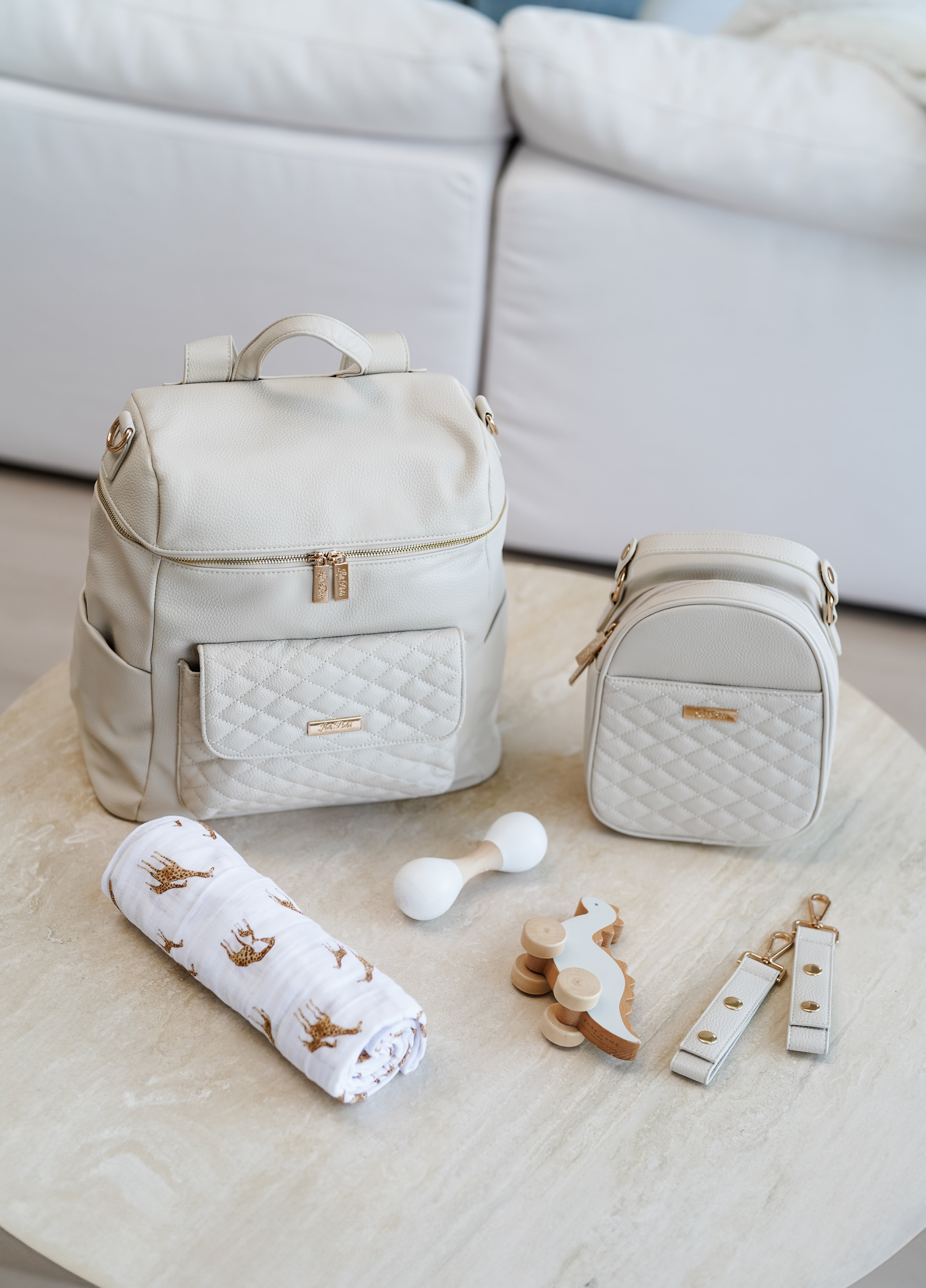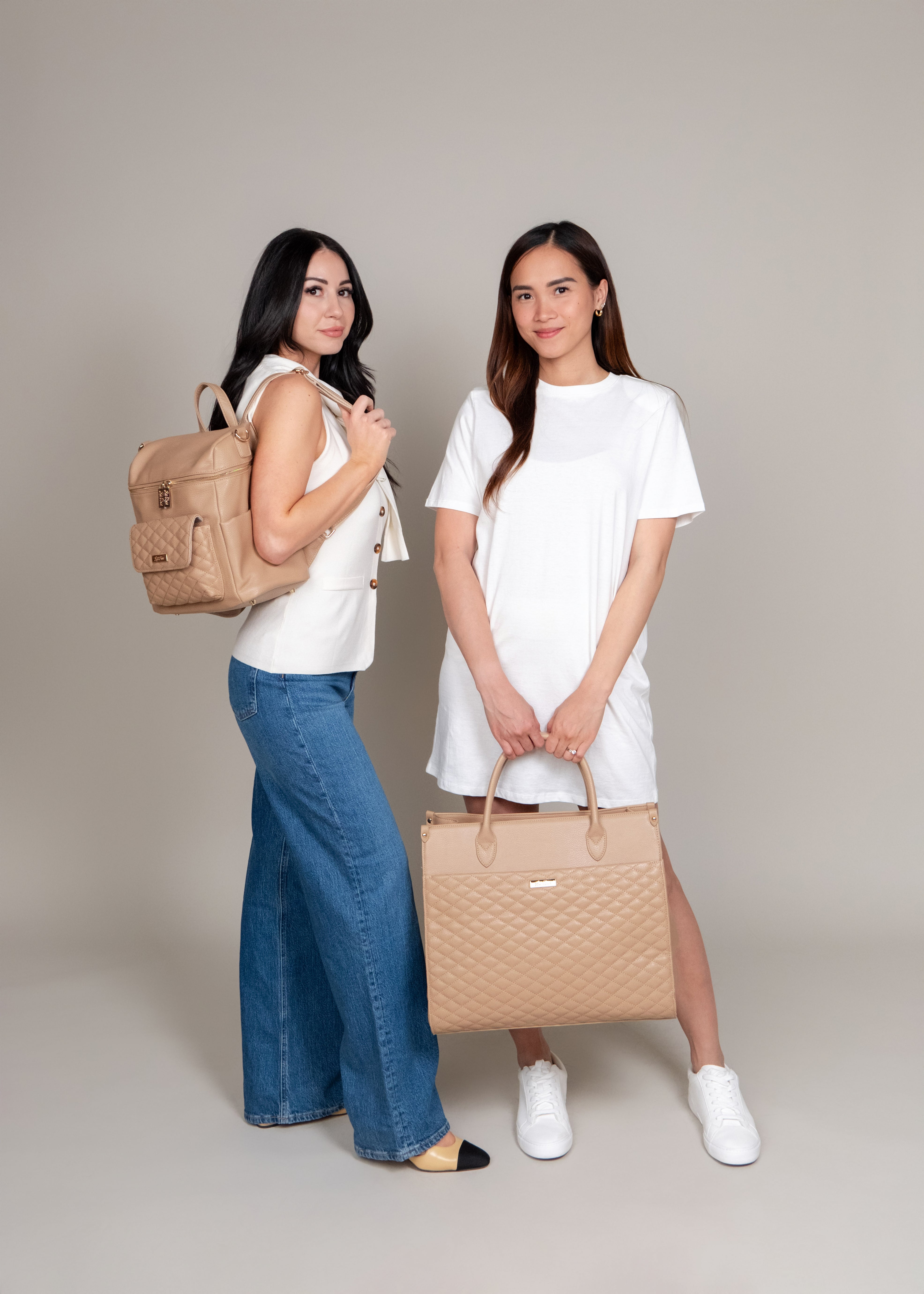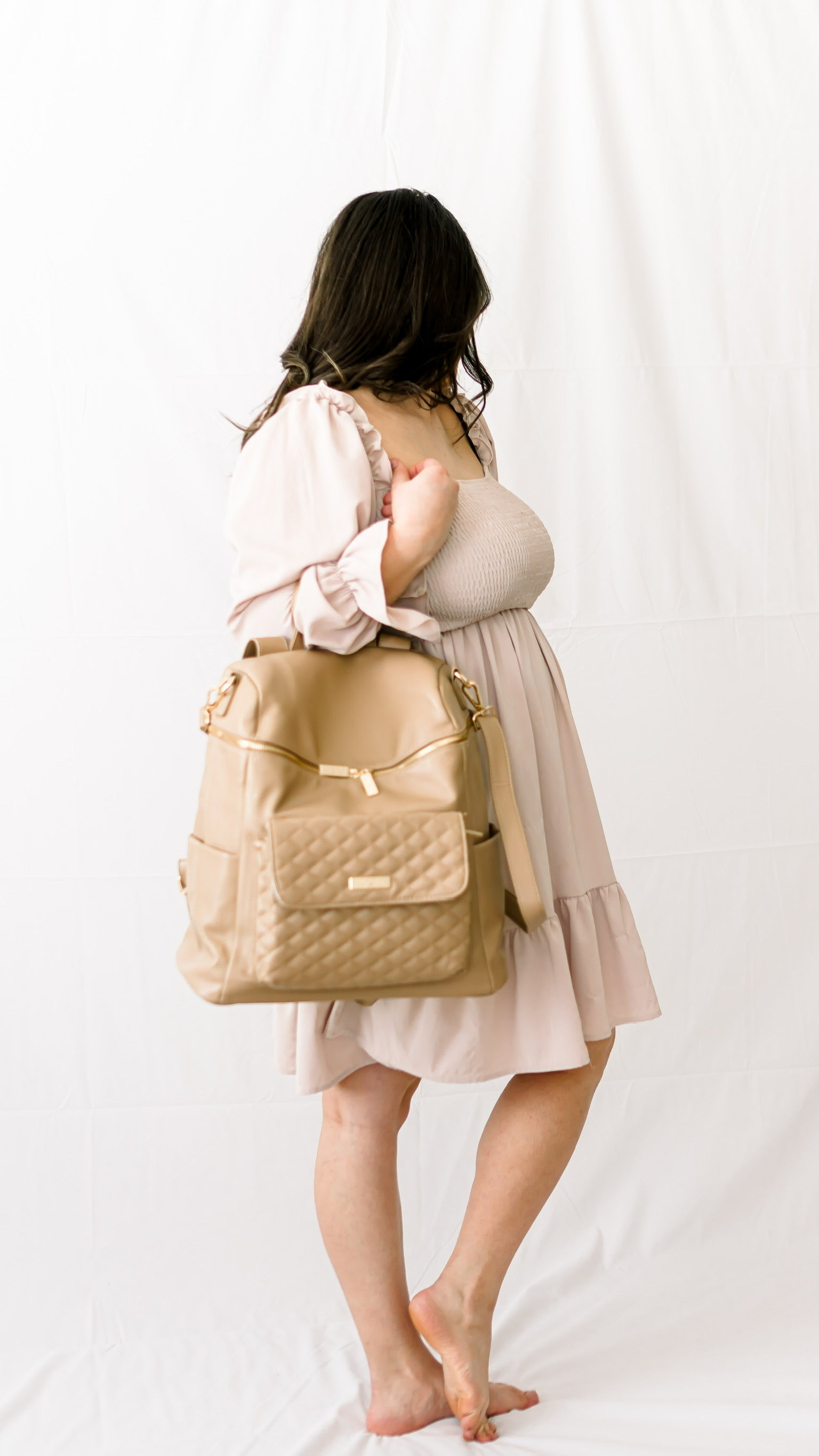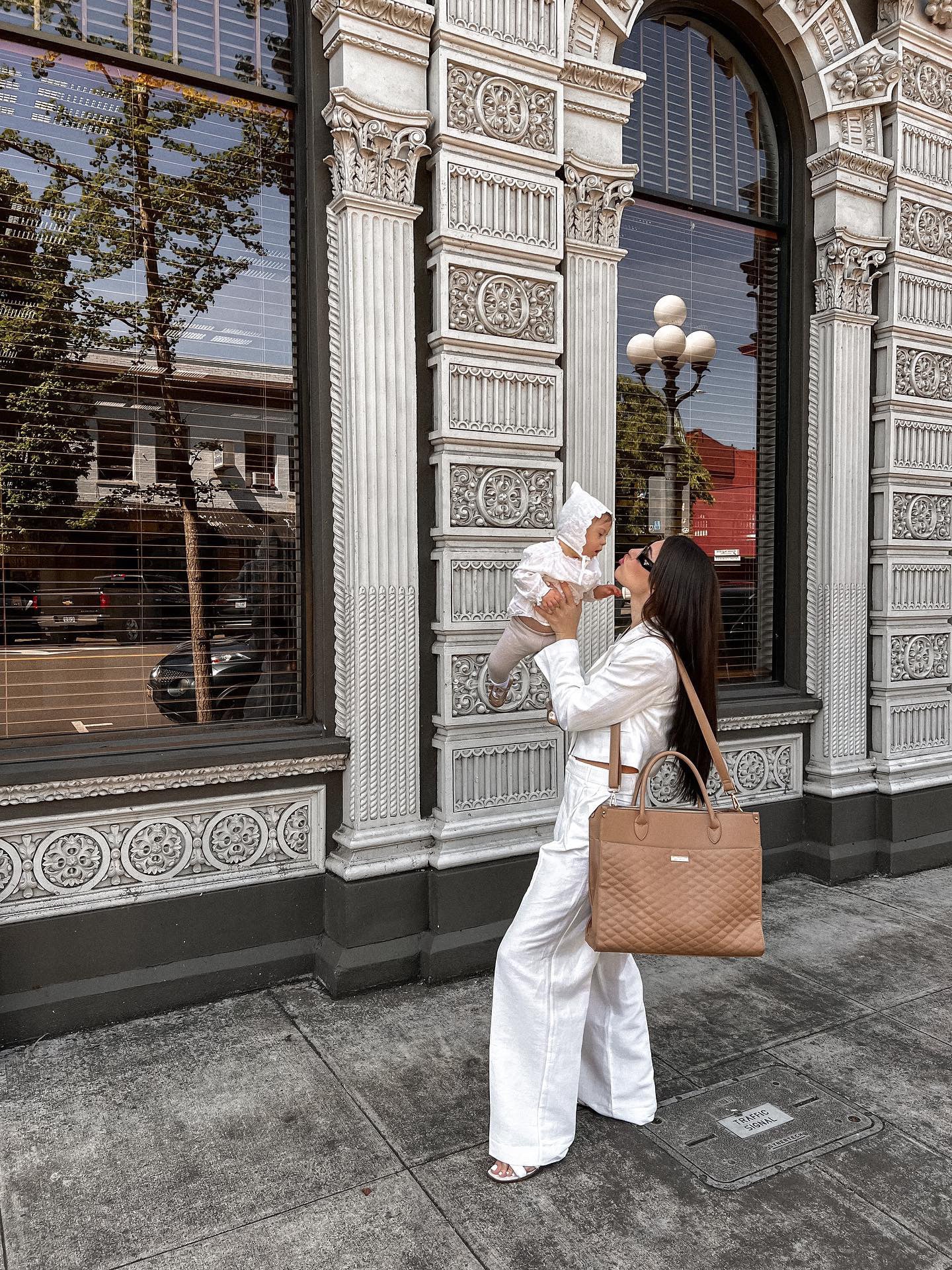
How Many Diapers Does a Newborn Use a Day?
Having a baby can be joyous and terrifying at the same time. Until now, all you were doing was taking care of yourself, and now you have a tiny person who's dependent solely on you. And that's not a piece of cake.
A simple question that can keep parents on their toes is how frequently their baby needs a diaper change. How many diapers does a newborn use daily? And what will the cost add up be like? If you have a clear grasp of this, it will be easier for you to plan and budget for your child's needs.
In this blog post, we'll go into detail on how newborns use diapers. We'll include how to recognize when to change a baby, what factors influence how many diapers are needed, and useful tips for managing diaper changes.
Average Number of Diapers Used Daily
Newborns usually use 8 to 12 diapers in a day, which means that 240 to 360 diapers would be needed per month in the first several weeks of life. Diaper changes might occur more or less frequently depending on the baby's age, eating schedule, and specific traits.
Newborn Stage
Diaper usage may be on the higher end of the scale during the first few days of life. Due to their small bladders and frequent feeding needs, newborns urinate and poo more frequently. For breastfed babies, you might notice:
Regular Wet Diapers: Six to eight wet diapers daily indicate sufficient hydration and healthy kidneys.
Bowel Movements: Although this can vary greatly, breastfed newborns usually have two to five bowel movements per day. Breastfed newborns frequently experience loose, and occasionally explosive stools.
Making the Switch to Less Diapers
The frequency of changing your baby's diapers may reduce as they become older. Many parents discover that they’re using fewer diapers around the two-month mark.
Both the bladder's capacity and bowel habits improve over time. At this stage, you should still anticipate changing 8 to 10 diapers daily, but remember that every baby is unique.
Factors Influencing Diaper Usage
Several different factors determine the quantity of diapers your infant requires daily. Here’s a more detailed examination of them:
Method of Feeding
The way the baby feeds affects the amount of diapers used.
Breastfed babies usually experience softer and more frequent bowel movements. Diaper changes happen more often due to the easy digestibility of breast milk.
Formula-fed infants may experience decreased bowel frequency compared to breastfed infants, as formula can lead to firmer stools. As a result, infants given formula require fewer diaper changes.
Individual Differences
Like adults, each newborn is different. Certain babies may need more frequent changes because of their greater metabolic rates. Some might exhibit more predictable patterns.
These variations are caused by several factors, including:
Size and Weight: Babies who weigh more may have larger bladders, which could mean fewer diaper changes.
Health Conditions: Any medical condition can affect urine production and bowel movements. If you’re concerned about your baby’s habits, see your healthcare practitioner.
Hydration Levels
A baby who drinks plenty of water will probably have more dirty diapers. It's important to monitor your baby's feeding patterns, particularly in the early stages.
Among the symptoms of dehydration in babies are:
- Fewer than six wet diapers in a day.
- Urine with a dark yellow color.
- Lips or mouth that feel dry.
- Sluggishness or excessive fussiness.
You must seek medical attention if you notice these symptoms.
Types and Sizes of Diapers
Selecting the appropriate diaper style can impact your overall satisfaction as well. Below is an overview of popular diaper choices:
Disposable Diapers
Parents favor disposable diapers for their convenience. They’re created to absorb moisture effectively, simplifying their usage and disposal.
Advantages: Disposable diapers are available in different sizes and typically absorb better than cloth choices. They also usually come with wetness indicators that change color when the diaper gets wet, helping parents know when it's time for a diaper change.
Typical Price: Expect to pay approximately $0.20 to $0.40 per diaper, depending on the brand and size.
Reusable Baby Diapers
Changing to cloth diapers is an eco-friendly decision that can eventually save money. They come in various varieties, including:
Prefolds: These are rectangular fabrics that need to be folded and secured.
Pocket Diapers: They have a waterproof outer layer and a pocket where you can place the absorbent material.
All-in-One: A single piece that combines an absorbent substance with a waterproof outer covering.
Advantages: Benefits include the ability to wash and reuse cloth diapers, which reduces waste and ultimately saves money. They encourage better ventilation, which makes them less likely to result in diaper rash.
Typical Costs: The long-term costs are lower than disposable options, even if the initial costs may be higher ($20 to $30 per diaper).
Diaper Sizes
Size is a crucial factor to consider while selecting diapers:
Newborn Size: This size fits the tiniest infants and is intended for babies weighing up to 10 pounds.
Size 1: Generally appropriate for infants weighing 8 to 14 pounds. Many babies will reach this size in the first month of life.
Bigger Sizes: Your child will ultimately go into a larger size as they get older. Pay attention to the weight requirements on the diaper pack to guarantee a proper fit.
Recognizing When to Change a Diaper
It’s essential to be aware of your baby's needs. Below are some tips to help you identify when it's time to change a diaper:
Wet Diapers
A wet diaper should be changed quickly to prevent skin irritation and diaper rash.
Look for:
Weight: A diaper can feel noticeably heavier after it absorbs urine.
Wetness Indicator: Many disposable diapers feature a line that changes color when wet.
Soiled Diapers
A soiled diaper should be changed immediately to reduce the risk of diaper rash.
Signs include:
A noticeable odor.
Regular Checks
Checking your baby's diaper every two to three hours during the day is an excellent practice. If your infant is active or prone to diaper rash, you might want to change them more often.
Managing Diapering Efficiently
Time, money, and frustration can all be saved with effective diaper management. The following are some methods to speed up the procedure:
Keep Essentials Handy
Changing a diaper can be easier and faster if you have all the supplies you need on hand. Important things include:
Diapers: Ensure you have enough diapers at home and when you're out and about.
Wipes: Selecting baby wipes that are kind to your child's skin is important.
Diaper Cream: A barrier cream helps relieve irritated skin and avoid diaper rash.
Changing Pad: Use a designated space to keep things tidy and orderly.
Purchasing in Bulk
Over time, purchasing diapers in bulk might result in cost savings. Check your neighborhood retailers for specials and discounts, or consider signing up for a regular delivery service for diapers online. This strategy guarantees that you won't run out unexpectedly.
Routine Diapering
Developing a diapering routine will help you maintain consistency and organization. Since many newborns prefer to wet their diapers during or after meals, try to change your baby's diaper either before or after feeding.
Key Takeaways
Knowing the number of diapers a newborn uses daily can help new parents manage the beginning stages more easily. Although most babies use an average of 8 to 12 diapers daily, the number may differ significantly depending on feeding techniques, size, and health conditions.
Parents can ensure their baby is comfortable and healthy by monitoring diaper changes and knowing when it's time for a new one.
Choosing the correct diaper, staying orderly, and sticking to a regular schedule can simplify the diapering process. Approaching these initial days with attentiveness and readiness will make changing diapers easier and contribute to a positive bonding experience with your newborn.
Looking for a compatible partner to carry all the diapering essentials when you're out and about? Check out the Luli Bebé Monaco Diaper Bag. It’s spacious, stylish, and luxurious, making it the ultimate accessory for parents who want to stay organized without sacrificing fashion.





